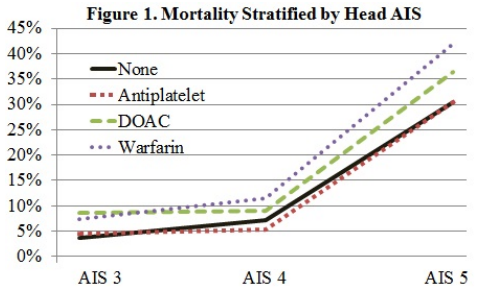Over the recent decades, there has been a huge push toward “evidence-based” medicine. Unfortunately, the available amount of high-quality literature is relatively low. And the field of neurotrauma is even less-represented than most.
Debates have raged over the years regarding the proper timing of surgical spine decompression in patients with spinal cord injuries. Many proponents of early decompression (within 24 hours) believe this may limit secondary injury to the cord. But there are also others who don’t buy into this idea.
Central cord syndrome is a special case of spinal cord injury. It is a partial injury, usually in the cervical spine. It causes varying degrees of pain, paresthesia, and paresis and usually affects the upper extremities more than the lowers.
Many neurosurgeons choose a “wait and see” attitude with central cord syndrome patients. However, a group of neurosurgeons spanning trauma hospitals in Canada, Philadelphia, and Baltimore published an interesting paper last year. They performed a propensity score-matched cohort study, comparing functional recovery in patients undergoing early vs. late decompression after sustaining a central cord injury.
They specifically selected patients from three national spinal cord injury databases who had a full ASIA impairment scale examination performed within 14 days of injury. Patients had to have AIS grade C or D, meaning that some motor function was still present, and had to show a major difference between upper and lower extremity motor strength.
Here are the factoids:
- Of a combined dataset of 1692 patients, 300 met baseline criteria. However, only 186 were eligible for propensity score matching, with half in each study group (early vs. late decompression).
- Follow-up data was only available in 148 patients, which was right at the limit of the authors’ power calculation
- Early surgery was significantly associated with improved upper limb motor function recovery but not the lower extremity. Overall motor score was not improved.
- There was no functional improvement after late surgery
- Patients with higher ASIA score (D) showed no improvement, regardless of surgical timing
- Patients with AIS C lesions had significant recovery of their motor score in both upper and lower extremities but not their FIM motor score
- A higher percentage of early-surgery patients achieved complete independence, especially those involving upper extremity function. However, this did not reach statistical significance.
Bottom line: Spine decompression timing remains very controversial, with every neurosurgeon having their own opinion. Unfortunately, this study was borderline underpowered, which may have weakened its results.
Several important trends were noted, however. First, early surgery did have an impact on functional recovery, especially in the upper extremities. This is especially important because use of the hands is critical to functional independence. But the most exciting result was the trend toward a higher percentage of patients achieving complete independence after early surgery. To be clear, this was just a trend and did not achieve statistical significance.
It’s time to start working with our neurosurgery colleagues and nudging them toward considering earlier surgery on this subset of spinal cord injury patients. It will take time and education, but these patients will actually be able to thank us, especially if they are actually able to shake our hands!
Reference: Early vs Late Surgical Decompression for Central Cord Syndrome. JAMA Surg. 2022;157(11):1024-1032. doi:10.1001/jamasurg.2022.4454


